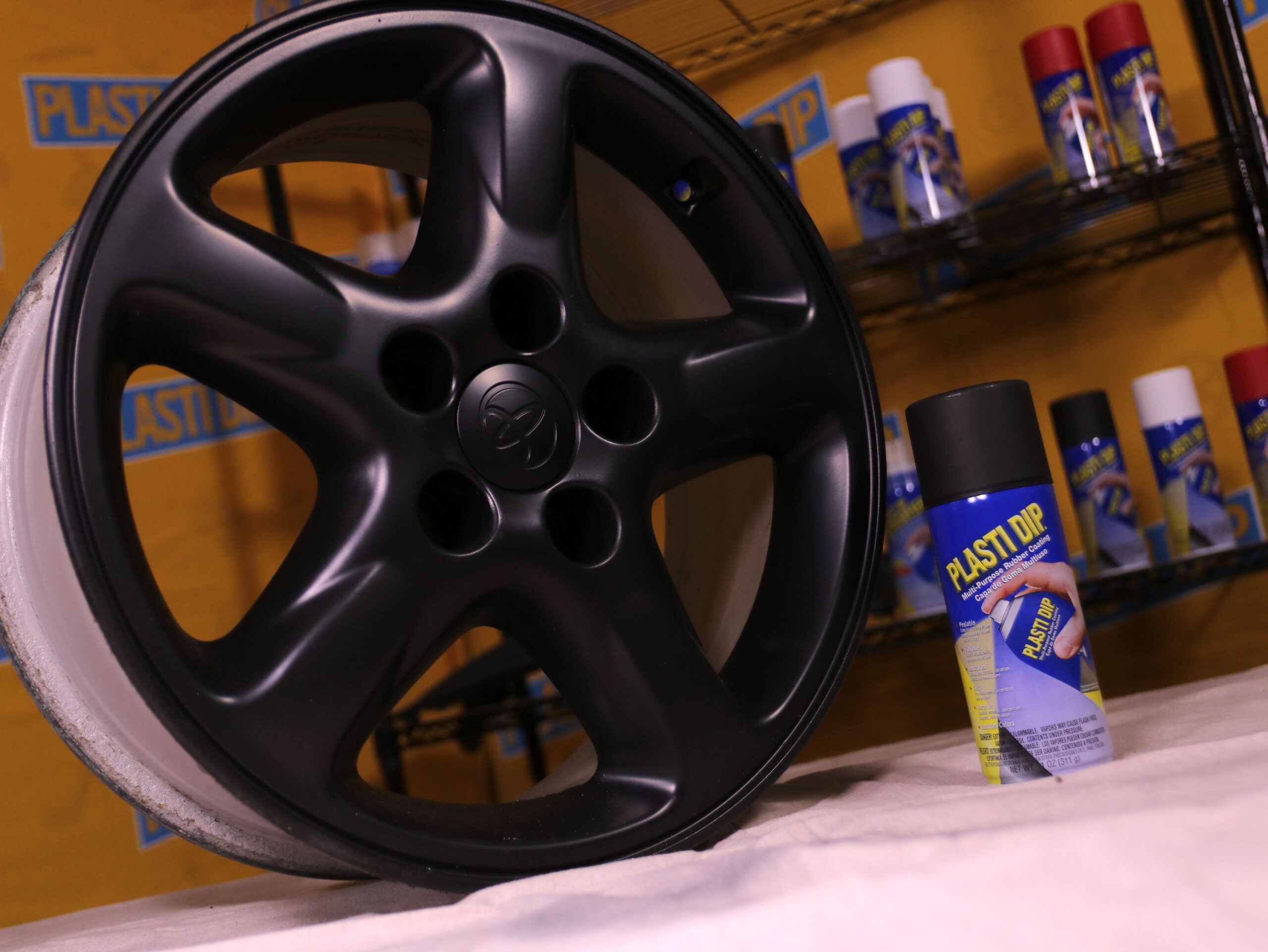-
Shopping Tools
-
Care & Maintenance
-
About
-
Dealer Login

Plasti Dip can refresh a golf cart’s look on a budget, but it’s best for accents and wheels; for long-term, body-wide color, choose paint or a vinyl wrap.
Plasti Dip is a sprayable, peelable rubber coating that sticks to most smooth plastics and metals. On a golf cart, it excels at temporary color changes, wheel detail, and light protection from scuffs. Where it struggles is the high-touch, large body panels that see sun, abrasion, and cleaning chemicals. If your goal is a durable, “OEM-like” finish on the entire body, a high-quality plastic-safe paint or a professional vinyl wrap will typically outperform Plasti Dip for longevity and ease of upkeep.
Expect 6–24 months on exterior accents with good prep, adequate thickness, and gentle hand-washing. Longevity varies with sun exposure, abrasion (grabbing edges, brushing hedges), and cleaning habits. Full-body applications tend to show wear sooner on grab points and corners; wraps or paint last significantly longer in those zones.
Touchless washes and low-pressure rinses are usually fine on well-cured, thick applications. However, high-pressure jets, spinning brushes, or aggressive detergents can lift edges or tear thin spots—especially at panel seams, vents, and sharp corners. To preserve the finish, stick to bucket washes, microfiber mitts, and moderate hose pressure.
Plasti Dip can work on golf carts, but it shines as a temporary, small-area solution. For durable, full-body results with easy maintenance and a professional look, step up to high-quality plastic-safe paint or a vinyl wrap. Choose the finish that matches how you use your cart—and how long you want the upgrade to last.
